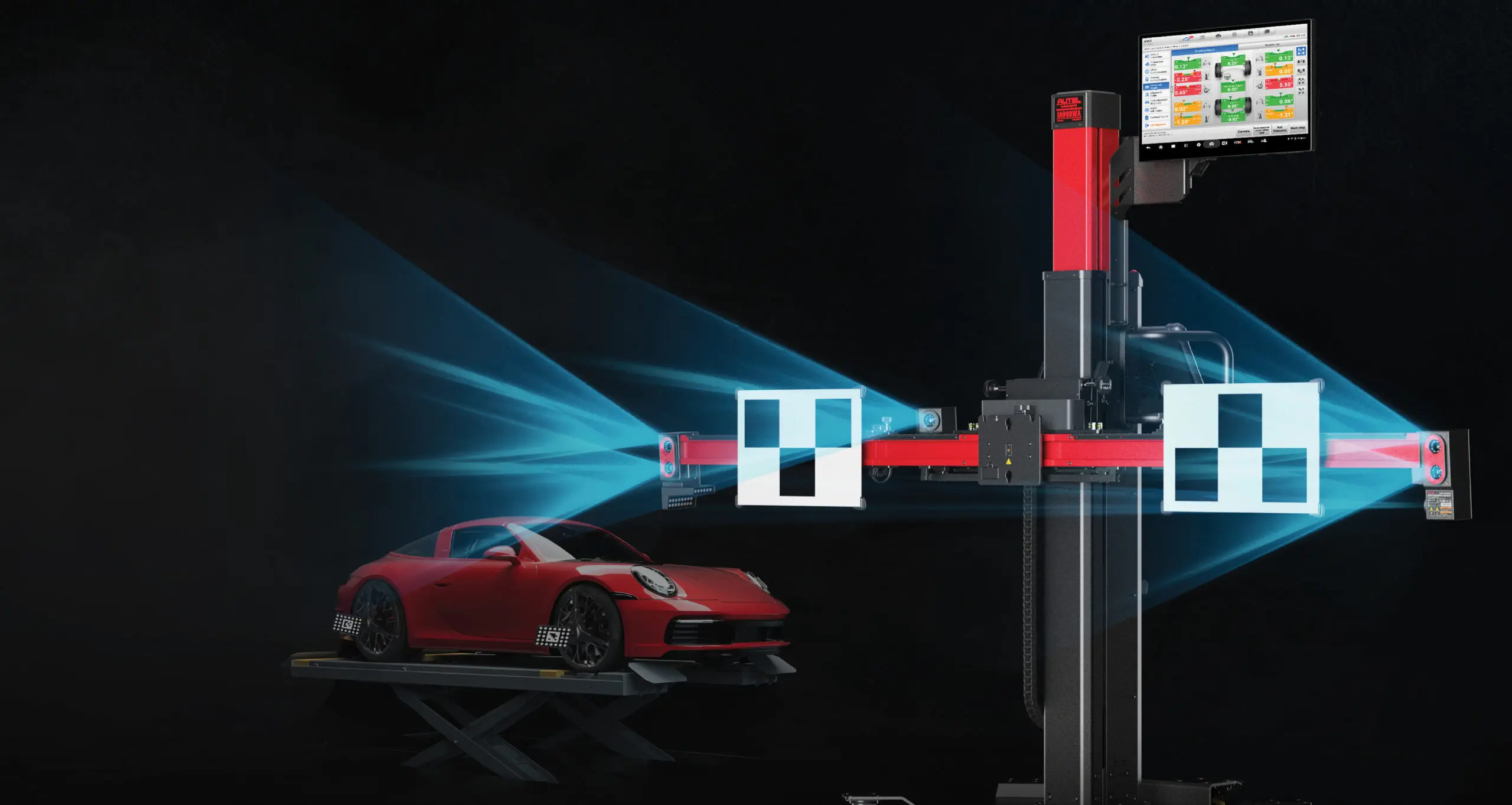How to Implement Spare Parts on Demand

Managing spare parts can be complex. Many suppliers may only have limited stock and require minimum purchases, and lead times are long. Some suppliers may not even offer the right part when the system needs it, causing a long waiting period. Managing spare parts is a costly process and production companies struggle to keep them up to date. They allocate a lot of unnecessary cost to inventory management. However, with the help of Spare Parts on Demand, it can be much simpler and cheaper to keep your inventory levels at a reasonable level.
The first step in implementing a system that manages the supply and demand of spare parts is to define the parameters of the spare parts. This can be a tricky process, as the demand for spare parts can be very lumpy and erratic. For example, some spare parts may have periods of zero or low demand while others may have long, steady demand throughout the year. In such cases, it is better to use a system that can manage these unpredictable demands with ease.
Unlike traditional methods, Spare Parts on Demand is more accurate for the same reason as other types of demand management. The demand pattern for many spare parts is irregular, making it hard to predict the exact quantity required in advance. A system that can predict demand without using historical data will have a higher probability of being accurate and more cost-efficient. The best way to predict demand is to use the data from your current inventory to generate forecasts for the upcoming months.
Managing spare parts on demand is not as difficult as it sounds. There are many benefits of this system. First, it can cut down on inventory costs. Second, it can improve your client relationships. Spare parts on Demand is a cost-effective solution for businesses that don’t have the budget to manufacture them themselves. The benefits of this solution are far too numerous to ignore. With a few key points, you can begin your journey to a better supply chain.
Spare Parts On Demand can be a cost-effective solution to the problem of downtime, long lead times, and high production costs. In this research, we use an existing propeller design to explore the benefits of AM for designing and manufacturing spare parts on demand. It shows that AM can reduce development time and lower costs for manufacturers. It’s also a very flexible solution, allowing companies to make spare parts on demand without the usual high production costs.
On-demand production techniques are becoming faster, better, and cheaper. The global aftermarket for spare parts is valued at $80 billion, and we’ll explore its key trends and solutions to uncertainty. With local warehouses getting more expensive, fulfilment facilities are attempting to close the gap between suppliers and consumers. By offering a complete end-to-end solution, businesses can better serve their customers and reduce their costs. While spare parts on demand is the future of manufacturing, it’s not without its challenges.








